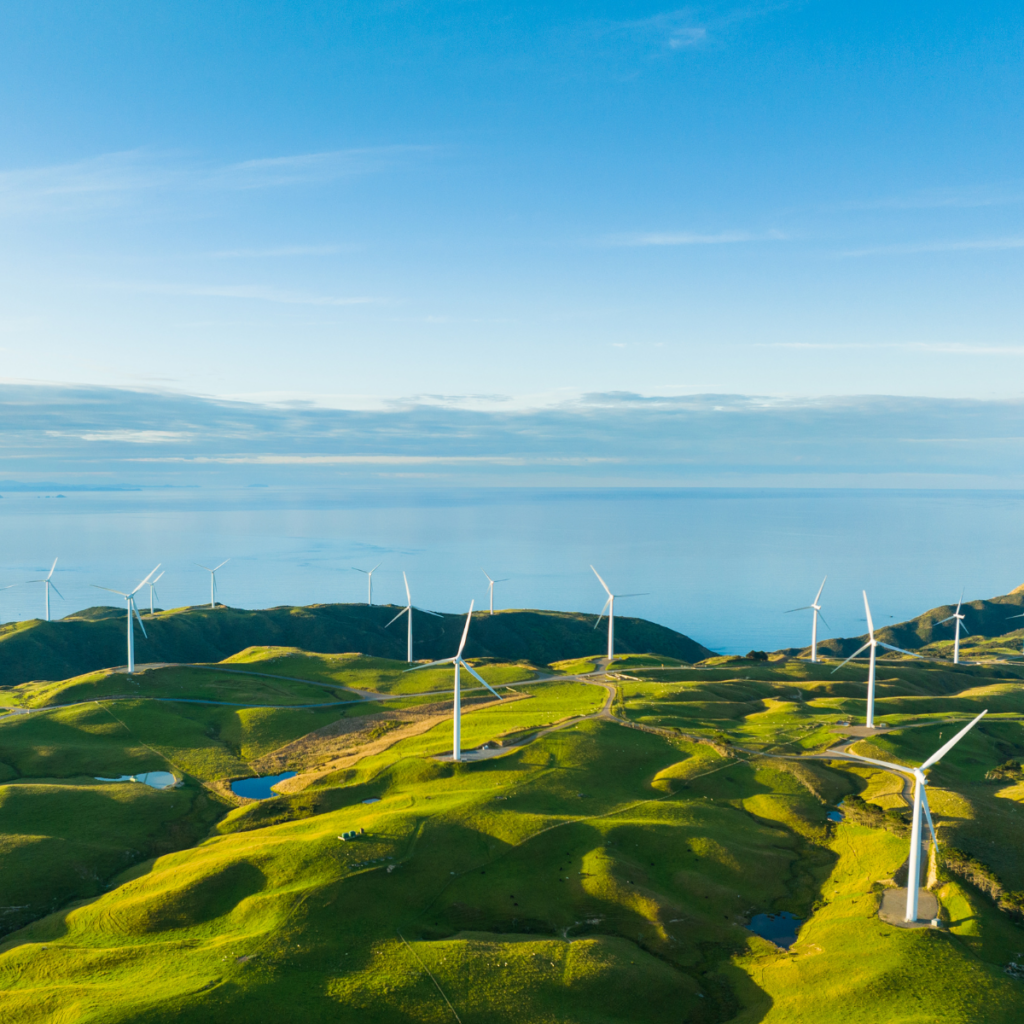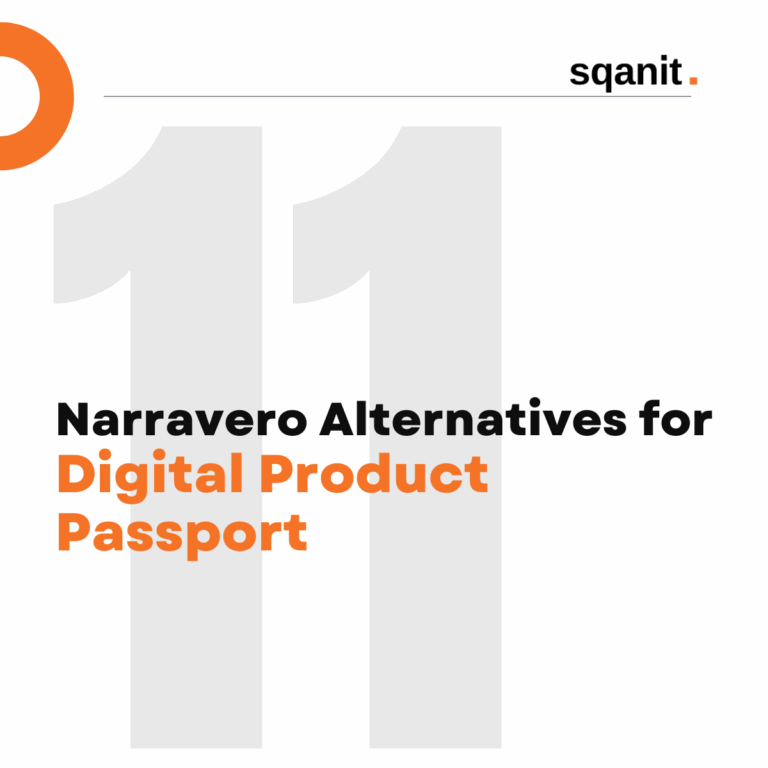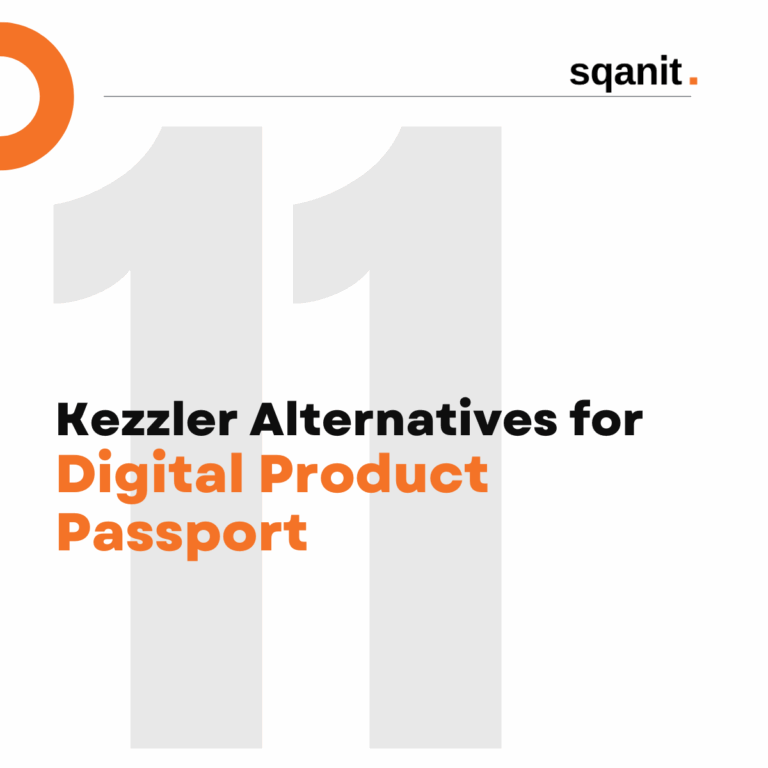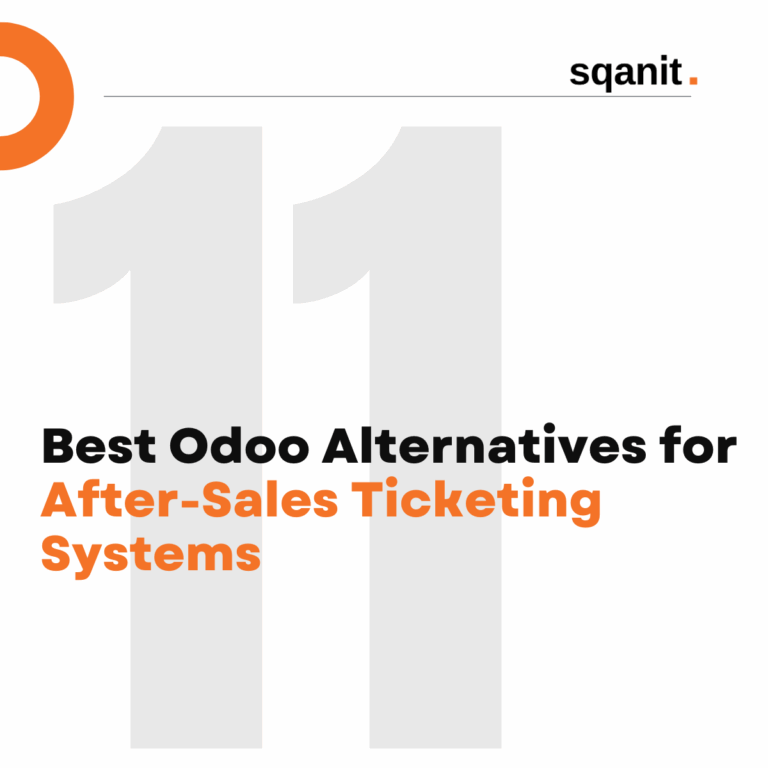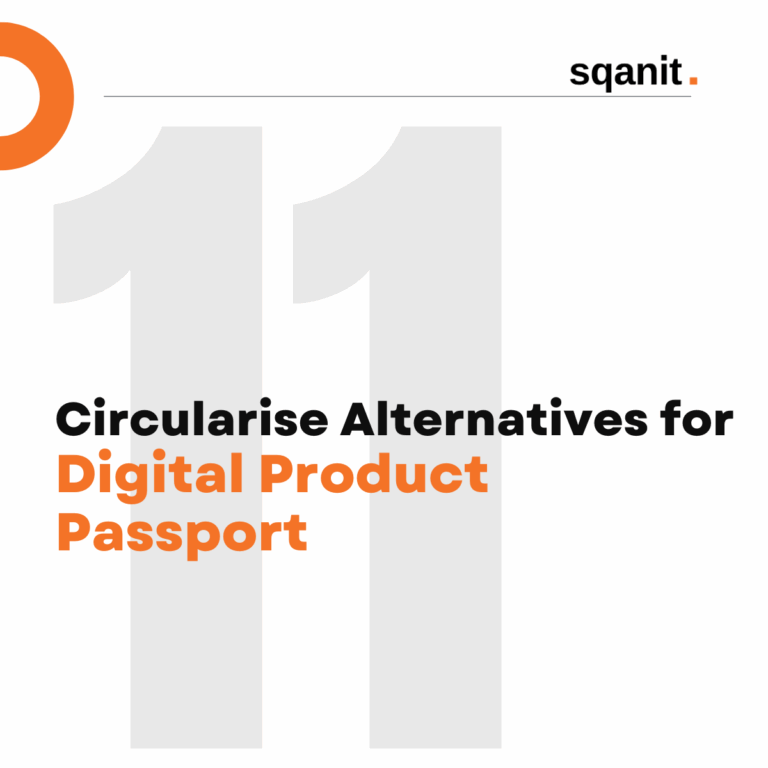European Green Deal
The global climate crisis is deepening with each passing day, making the steps we take toward sustainability more critical than ever. One of the most comprehensive initiatives addressing this challenge is the European Green Deal. Spearheaded by the European Union, this transformative plan has the potential to shape not only Europe’s future but also the future of our planet. But what exactly is the European Green Deal? Why is it necessary, and what are its key goals? Let’s explore.

What is the European Green Deal?
The European Green Deal is a roadmap announced by the European Commission in 2019, aiming to make Europe the world’s first climate-neutral continent by 2050. At its core, the deal seeks to align economic growth with environmental sustainability, focusing on the efficient use of natural resources. This ambitious plan covers a wide range of sectors, including energy, transportation, agriculture, industry, and biodiversity.
The European Green Deal represents a significant shift in Europe’s economic and social structure, designed to minimize environmental impact while fostering sustainable development. Additionally, it positions Europe as a global leader in sustainability, paving the way for other regions to follow suit.

Why is the European Green Deal Necessary?
The European Green Deal is not just an environmental initiative; it’s an economic, social, and strategic necessity. Here are the key reasons why:
- The Climate Emergency:
The year 2023 could go down as the hottest year on record, with the frequency and severity of climate-related events increasing worldwide. This makes reducing carbon emissions an urgent priority to mitigate further environmental damage. - Commitments to the Paris Agreement:
The European Green Deal plays a critical role in fulfilling Europe’s obligations under the Paris Climate Agreement. It aims to reduce net greenhouse gas emissions by 55% by 2030, compared to 1990 levels—a crucial milestone on the path to climate neutrality by 2050. - Economic Opportunities:
The green transition not only protects the environment but also unlocks new opportunities for economic growth. Sectors like renewable energy, energy efficiency, green technologies, and the circular economy are poised to generate new jobs and investments. The European Green Deal serves as a catalyst for adopting sustainable economic models. - Social and Environmental Justice:
Climate change is not just an environmental crisis—it is also a matter of social justice. The European Green Deal promotes a fair transition, ensuring that disadvantaged communities are supported and no one is left behind in the shift to a sustainable economy.
Key Goals of the European Green Deal
The European Green Deal is built around transformative goals that mark a turning point in Europe’s sustainability journey. Here are some of its most significant targets:
Climate Neutrality by 2050:
The primary objective of the European Green Deal is to make Europe the world’s first climate-neutral continent by 2050. This ambitious goal requires all sectors to reduce their carbon emissions to net zero, paving the way for an economy that does not harm the environment.
55% Reduction in Emissions by 2030:
A critical milestone on the path to climate neutrality is reducing greenhouse gas emissions by 55% by 2030, compared to 1990 levels. This interim goal is essential for aligning Europe’s efforts with the commitments made under the Paris Agreement.
Planting 3 Billion Trees by 2030:
As part of its initiatives, the European Commission plans to plant 3 billion additional trees across the EU by 2030. This initiative aims to enhance carbon capture, promote biodiversity, and restore ecosystems.
Circular Economy and Resource Efficiency:
The European Green Deal prioritizes the efficient use of natural resources and aims to reduce waste production. From manufacturing to consumption, the focus is on creating sustainable processes that minimize environmental impact and promote circularity.
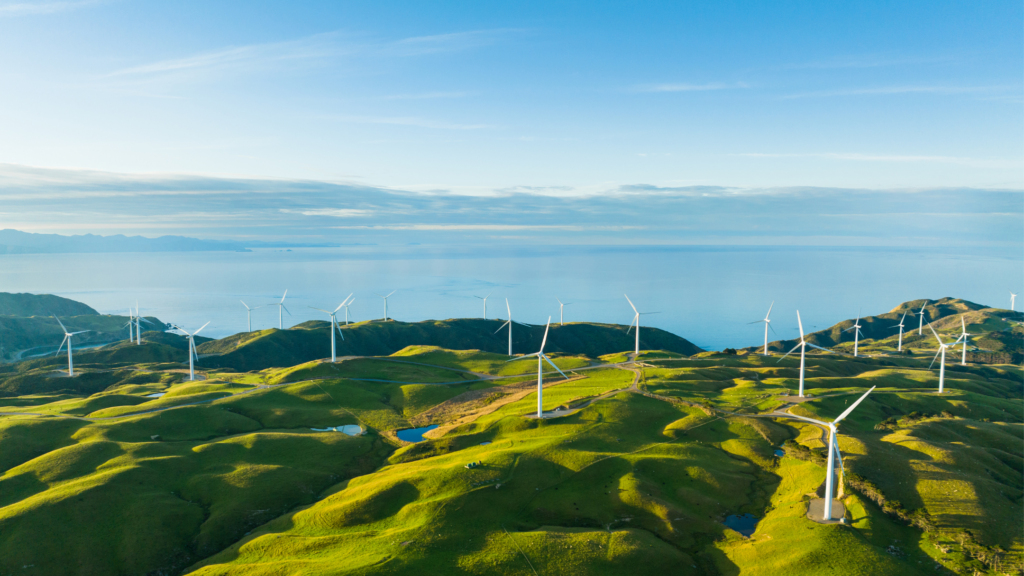
Strategies and Implementation of the European Green Deal
Achieving the ambitious goals of the European Green Deal requires a comprehensive and collaborative approach. Here are some of the key strategies driving its success:
- Alignment with the Paris Agreement:
Since 1990, the European Union has already reduced its emissions by 25%, but this is not enough. The 2030 target of a 55% reduction demands even greater contributions, particularly from advanced economies. The European Green Deal underscores the responsibility of developed nations to lead by example in reducing emissions. - Digitalization and Green Technology:
Digital transformation is a vital enabler of environmental sustainability. For instance, the Digital Product Passport is designed to track the lifecycle of products, ensuring greater transparency and promoting sustainable practices in production and consumption. - Circular Economy Action Plan:
By emphasizing reduced waste, increased recycling, and reusable systems, the Circular Economy Action Plan positions Europe as a global leader in resource efficiency. This approach supports sustainable growth while minimizing environmental harm.
Explore More: Solutions and Related Articles
If you’d like to dive deeper into the European Green Deal and its components, here are some useful resources:
Digital Product Passport: A Comprehensive Guide
Explore how digital tools can enhance transparency and sustainability in supply chains:
Read the Digital Product Passport Blog Post
Circular Economy Action Plan: A Roadmap for a Sustainable Future
Learn more about Europe’s efforts to minimize waste and improve resource efficiency in this insightful article:
Read the Circular Economy Action Plan Blog Post
Everything You Need to Know About the Ecodesign for Sustainable Products Regulation (ESPR)
Discover how new regulations promote the design of long-lasting, repairable, and recyclable products:
Read the Ecodesign for Sustainable Products Blog Post
Conclusion
The European Green Deal is not just a vision for Europe—it’s a blueprint for global change. By addressing environmental sustainability, economic growth, and social justice together, this initiative presents a unique opportunity to secure a better future.
Achieving the European Green Deal’s ambitious goals will require collective action from governments, businesses, and individuals. It’s a journey toward a greener, fairer, and more livable world—and we all have a part to play.
By embracing these transformative efforts, Europe is setting an example for the rest of the world, proving that sustainable development and economic progress can go hand in hand. Together, we can make the vision of the European Green Deal a reality.
If you would like to learn more about Europian Green Deal and our Digital Product Passport (DPP) solutions and the possibilities offered by the sqanit platform, our team would be delighted to assist you.
Contact us at: sales@sqanit.com
We are here to answer your questions and provide you with tailored solutions!
This article is for informational purposes only and does not constitute legal advice. As sqanit, no liability is accepted for any actions taken based on the information provided herein. Readers are encouraged to consult with qualified professionals for specific advice tailored to their individual circumstances.
